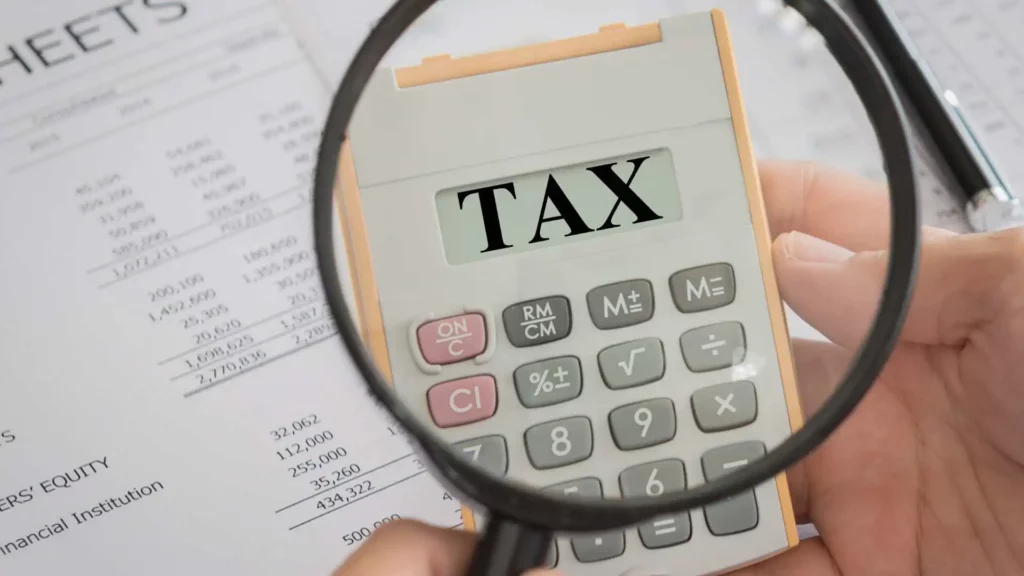About 10 million Americans experience hearing loss to varying degrees; for these people, hearing aids are a lifeline to a good quality of life. Due to the high cost of hearing aids, few people have gotten them, even though 25 million may benefit.
By understanding and following the complexities of tax legislation, people can lower the cost of purchasing these necessary gadgets by as much as 35%. The ins and outs of whether or not hearing aids are tax deductible are explained in this article. Also, check out Beem to file your federal and state taxes without any hidden charges and get the maximum refund.
Are Hearing Aids Tax Deductible in 2023?
Yes, the prospective tax-deductible ability of hearing aids in 2023 provides a glimpse of financial relief for millions of Americans with hearing loss. The idea of tax deductions on these critical equipment may be a significant relief for those suffering financial hardships.
Hearing aids, a vital tool for those who are deaf, have become an integral component of daily life. However, because these gadgets are so pricey, many individuals will not purchase them. Because of this reimbursement, it may be feasible to make these life-saving items more accessible for needy individuals.
Are Hearing Aids Considered a Medical Expense?
Yes, hearing aids come within the category of medical expenses. While hearing loss is not a disease, it is a recognized medical issue that affects many people in the United States. Including hearing aids in the scope of medical costs allows for tax deductions, potentially offering financial help for persons with hearing loss.
Many Americans suffer from hearing loss, and while it may not match the traditional definition of a medical ailment, the costs of treating hearing loss are acknowledged as accurate medical charges. This recognition allows consumers to possibly deduct the price of hearing aids when filing their taxes, making these necessary equipment more affordable.
Are Individuals Wearing Hearing Aids Eligible for the Earned Income Tax Credit or Disability Tax Credit?
Depending on their circumstances, individuals who wear hearing aids may be eligible for both the disability tax credit and the earned income tax credit. Everyone over 65 who earns taxable disability income and has retired due to a disability is eligible for the disability tax credit. For some who are disabled and unable to work, this credit is a lifesaver.
On the contrary, the earned income tax credit (EITC), which considers both earned and adjusted total income, imposes stringent eligibility criteria. Auditory aid users are currently provided unprecedented opportunities to reduce their fiscal burden through tax credits despite the seemingly intricate eligibility requirements.
Have Authories Approved Hearing Aid Assistance Tax Credit?
The legislative authorities still need to authorize the Hearing Aid Assistance Tax Credit. Despite repeated political attempts, this proposed tax credit, which would provide a $500 deduction for hearing aid users, still needs to be approved. While the bill’s goal is to make it easier to secure tax breaks for hearing aids, its progress has been hampered in congressional committees. Individuals cannot now rely on this tax credit for financial assistance with hearing aid expenditures.
How Much Can You Deduct?
Hearing aid deductions vary, but individuals can generally claim qualified medical costs that exceed 7.5% of their adjusted gross income. While the actual amount varies depending on specific circumstances, this tax break during the tax Filing can significantly reduce the financial burden of hearing device bills.
Allowable Deductions for Hearing Loss
You can deduct qualifying medical expenditures for hearing loss, such as hearing aids, tests, and other relevant services. Beem simplifies the process by assisting you in navigating these deductions. You can alleviate the financial burden of hearing-related expenditures by knowing and utilizing applicable deductions.
Itemizing Medical Expenses (Including Hearing Aids)
Medical expenses, including those for hearing aids, may require you to itemize your taxes if they surpass 7.5% of your income. This approach can alleviate financial strain by allowing for potential tax deductions. Some examples of supplemental costs are insurance premiums, repairs, and batteries.
Before categorizing your taxes, you need to consider several things. In 2020, married couples that submitted jointly could claim $24,800 in standard deductions, and individuals could claim $12,400. You will benefit financially from itemizing if your possible deductions exceed these usual levels.
Conclusion
The estimated 10 million Americans who use hearing aids can get some financial relief because these devices can be claimed as a tax deduction. The procedure may require you to itemize your medical expenditures and fulfill specific requirements. Still, the perks, such as tax deductions and credits, might make owning hearing aids much more affordable.
Tax time is almost approaching, so people who use hearing aids may want to look into what credits and deductions they may be eligible for. With Beem, navigate tax complexities effortlessly. Maximize your benefits and minimize hearing aid costs. Explore Beem for clarity on eligibility and tax rules.
FAQs
In the US, what is the medical cost tax deduction?
According to the IRS, the taxpayer may deduct any qualifying, unreimbursed medical expenditures that exceed 7.5% of an individual’s adjusted gross income.
Why do hearing aids cost so much?
The majority of the price is attributed to the ongoing research and development required to enhance the technology that drives your hearing aid.
What is the average lifespan of a hearing aid?
The lifespan of a hearing aid might range from three to seven years or even longer for specific individuals. The longevity of the instrument is dependent on several factors, including its construction quality, level of maintenance, and the amount of wear and tear it endures from being worn in your ear for extended periods.






























